AMD Ryzen 7000 ALL processor rumors and leaks
This entry will be updated to stay current
Waiting a few months for the release of AMD Ryzen 7000, we collected all the information we have about the processors based on Zen 4, whose lithography will be 5 nm and promise a significant performance boost.
Everything indicates that the increase in performance from Zen 3 to Zen 4 is going to be important, since the manufacturing process and the design of the chips, as well as the socket, are changed. AMD has a chance to overtake Intel, whose Alder Lake-S chips will have a 10nm node. We go over everything we know to see what we can expect from these chips.
Index of contents
Why Ryzen 7000 and not Ryzen 6000?
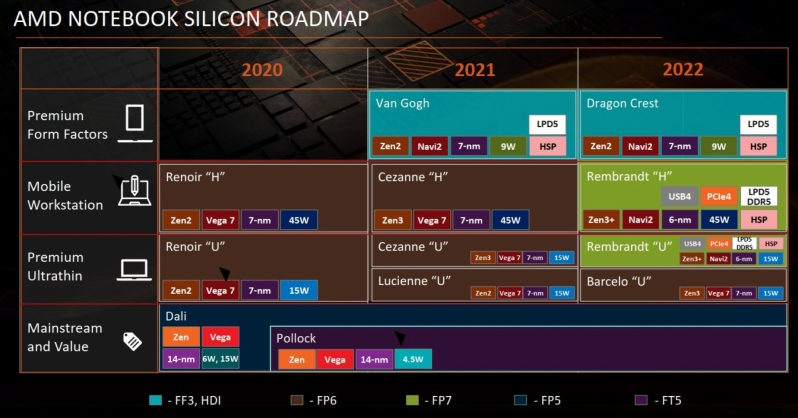
The issue of naming in AMD is in chaos, but everything has an explanation. The core theory is that the Ryzen 6000 will bring to life the Rembrandt family , which are the next portable processors . This is because this information has been leaked numerous times, there are even roadmaps like the one above.
Therefore, Ryzen 6000 would succeed the Ryzen 5000 Mobile, that is, they will be portable processors. Although Renoir and Cezanne have been families that have been in line with desktop chips, Rembrandt will come with a node 6 nm of TSMC , but the news is on its support PCI-Express 4.0 , RAM DDR5 and integrated graphics architecture RDNA 2 .
AMD Ryzen 7000 «Raphael»: everything we know
There are many leaks are AMD Ryzen 7000, although rumors abound and we must be cautious with what we say because it may be false. We go with what is safe and we will warn you of what is an unconfirmed rumor.
Zen architecture 4
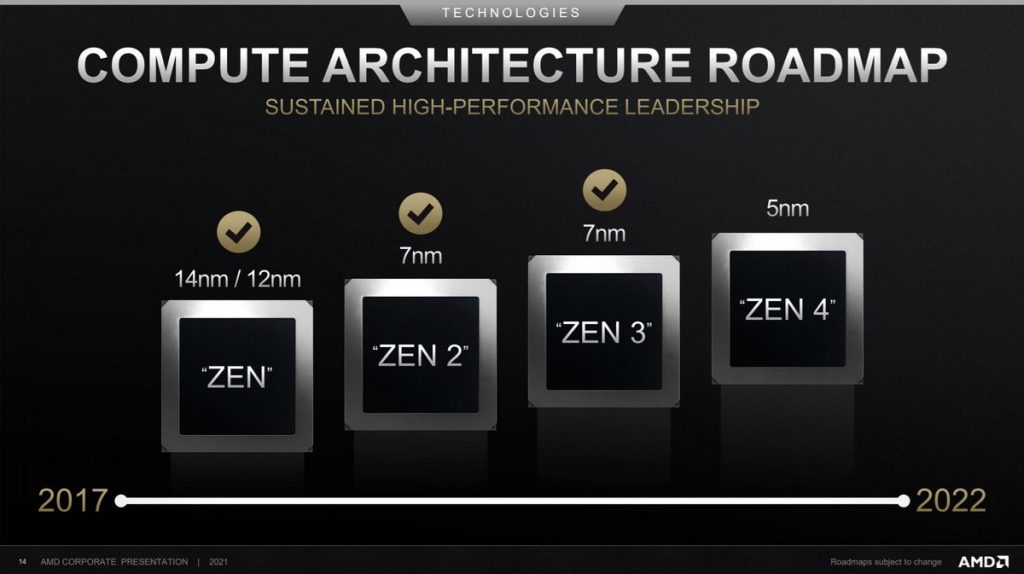
Following the roadmap of AMD , there is no doubt that the Ryzen 7000 desktop will come with Zen architecture 4. In turn, the manufacturing process chosen is the 5nm of TSMC , standing as the first desktop processors history in bringing this node.
Other companies (like Apple) have their 5nm chips, but remember that they are SoCs, not CPUs. On the design, the chiplet ( CCD ) will be manufactured in 5 nm , while the CIOD3 would be manufactured in a 7 nm node . Each CCD would have up to 8 cores and 16 threads, so there seems to be little change here. There is a possibility (rumor) that the Ryzen 7000s come with integrated graphics, although I highly doubt that these are based on RDNA 2.
What performance increase is expected? Here everything is assumptions because there are no official figures, nor has any benchmark been leaked. Of course, the AM5 platform will have important improvements, as well as the same chips. As a curiosity, at AMD they have 2 architecture design teams that compete with each other to offer the best plan: the price of the winner is that that architecture is implemented in the chips.
It is not surprising that expect a higher overall performance oscillating by 20-30% on Zen 3 . The TDP of these processors could go from 120 to 170 watts, something that is yet to be confirmed and that should bring a strong argument under the arm. Going down to 5nm as litho, the chip should consume less and perform more (that’s the theory), but a 170W TDP is the complete opposite of the word ‘efficiency’.
Other information indicates that the TDP will range between 45-105W on desktop and 35-65W on notebooks (high performance), this makes more sense!

3D V-Cache
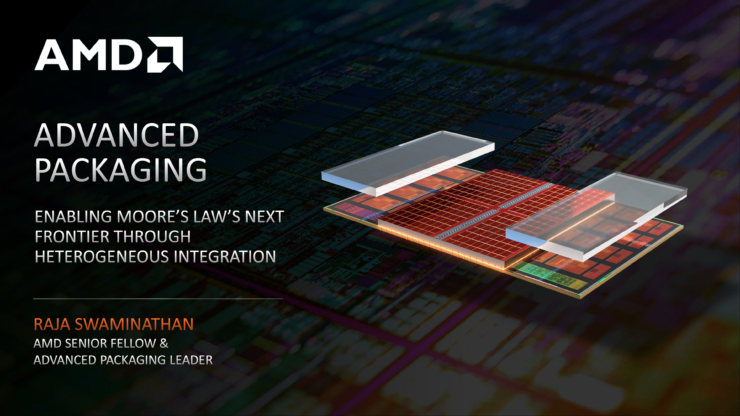
It is one of the innovations that AMD is going to undertake in the next generation of desktop processors, the Ryzen 7000. It is a 3D chiplet design in which L3 cache is stacked , the different memories being interconnected through a TSV . The benefits are:
- Bandwidth increase , more than 10 times!
- More cache per CPU.
- Better gaming performance , as demonstrated by Lisa Su at the presentation of the AMD Ryzen 9 5900X .
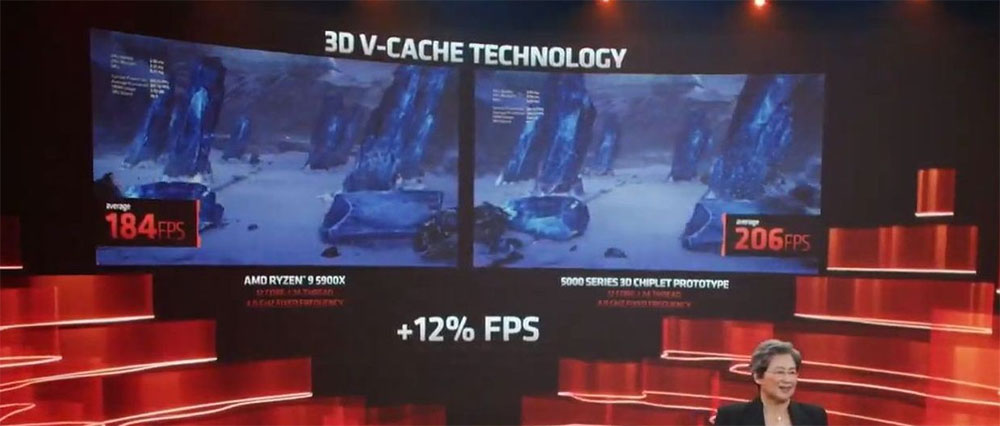
The information we have is that the first chips to implement this technology will be the EPYC Milan-X , which would be an improvement on the current Milan Zen 3: same architecture, same configuration of cores / threads, but slight increase in frequencies and 3D V- Cache inside.
There are many hopes placed on this technology because, taking the AMD Ryzen 5000 as a reference, we come from having a CPU with 64 MB of cache. Thanks to 3D V-Cache we will see “normalized” processors with 192 MB or even more.
Above all, this news is very positive for chips for data centers, high computing, artificial intelligence, Deep Learning, supercomputers, etc.
Socket AM5, the new platform
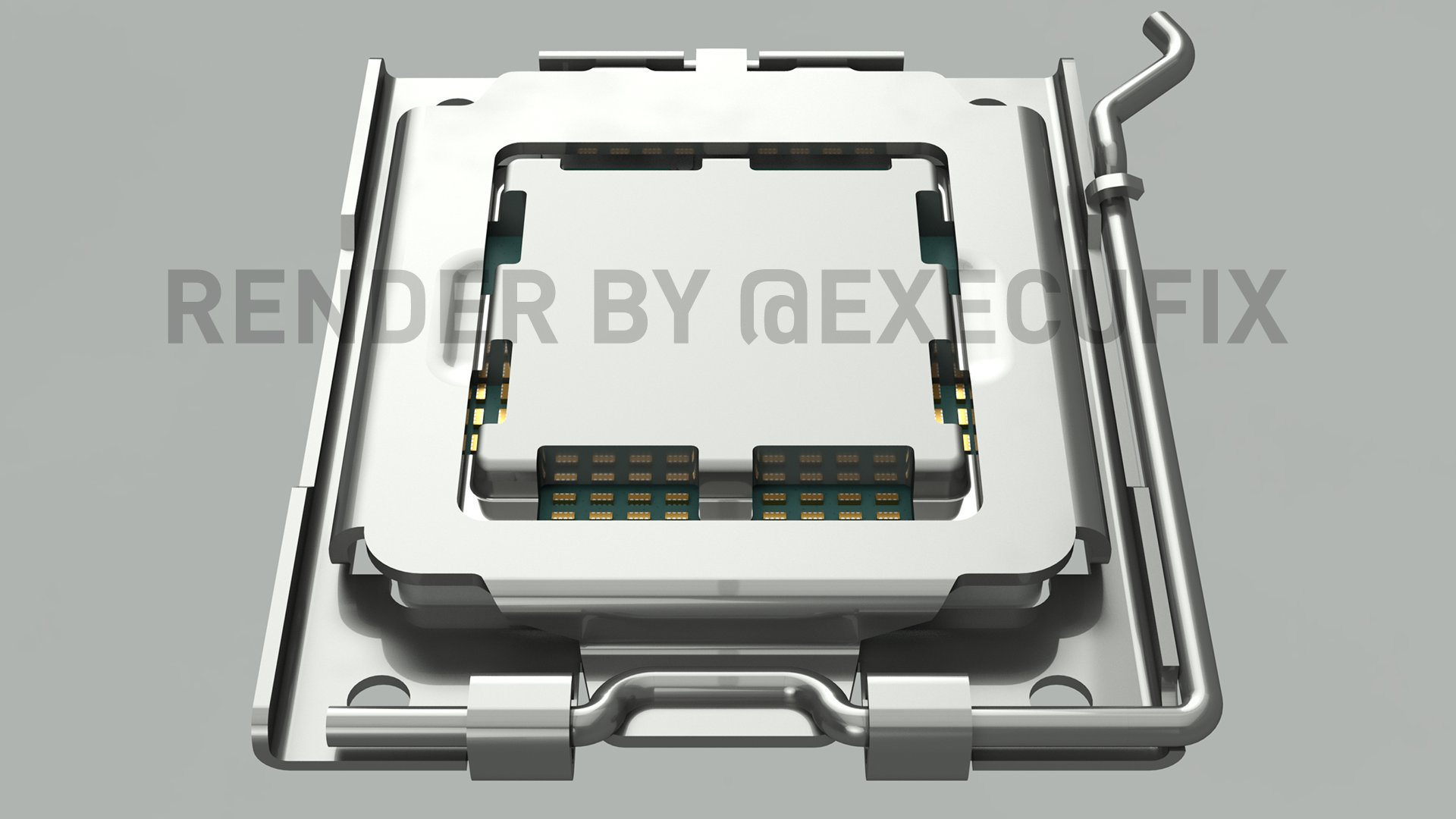
We could almost confirm that with AMD Ryzen 7000 the new socket will arrive and, therefore, the new desktop platform. After running since 2017 with AM4, “the red team” changes to improve and update the specifications of the motherboards.
- The socket type PGA (AM4) passes LGA (AM5). AMD Ryzen have always had the pins built into the chip, which snapped into the socket. Now, it is the other way around because AMD adopts the Intel (LGA) system, the socket being the pinned element. The socket is rumored to be called LGA1718 .
- DDR5 RAM memory . It is assumed that AM5 supports DDR5, which is logical because manufacturers have already started mass-manufacturing modules of this type.
- PCI-Express 5.0 . Much information suggests that we will see this PCIe support, but the truth is that there are doubts about it. If seen, it would be offered only on the enthusiast chipset, as AMD has been doing in the last generations of motherboards.
-
- Leaks with good sources ensure that the PCI-Express 5.0 will only be available in EPYC Zen 4 (Genoa).
- ¿ PCI-Express 4.0 in the 600 series ? This does seem more interesting to me, and is that the B550 chipset already comes with PCIe 4.0, so we would expect to see PCIe 4.0 in A6XX and B6XX.
-
- ¿ Support sink AM4 ? There are doubts about it because what matters here is the distance of the screws, but also the height of the chip. There are sources that suggest that there will be compatibility between AM4 and AM5 to continue enjoying the AIO kits and old heatsinks.
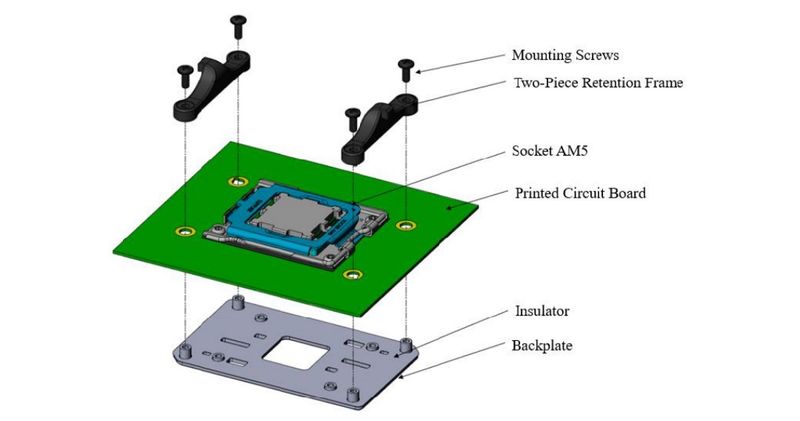
- AMD Ryzen 5000 design . It is believed that the dimensions of the CPUs will be smaller than the Intel Alder Lake-S: 1600 mm2 versus 1687 mm2 (40 x 40 mm).
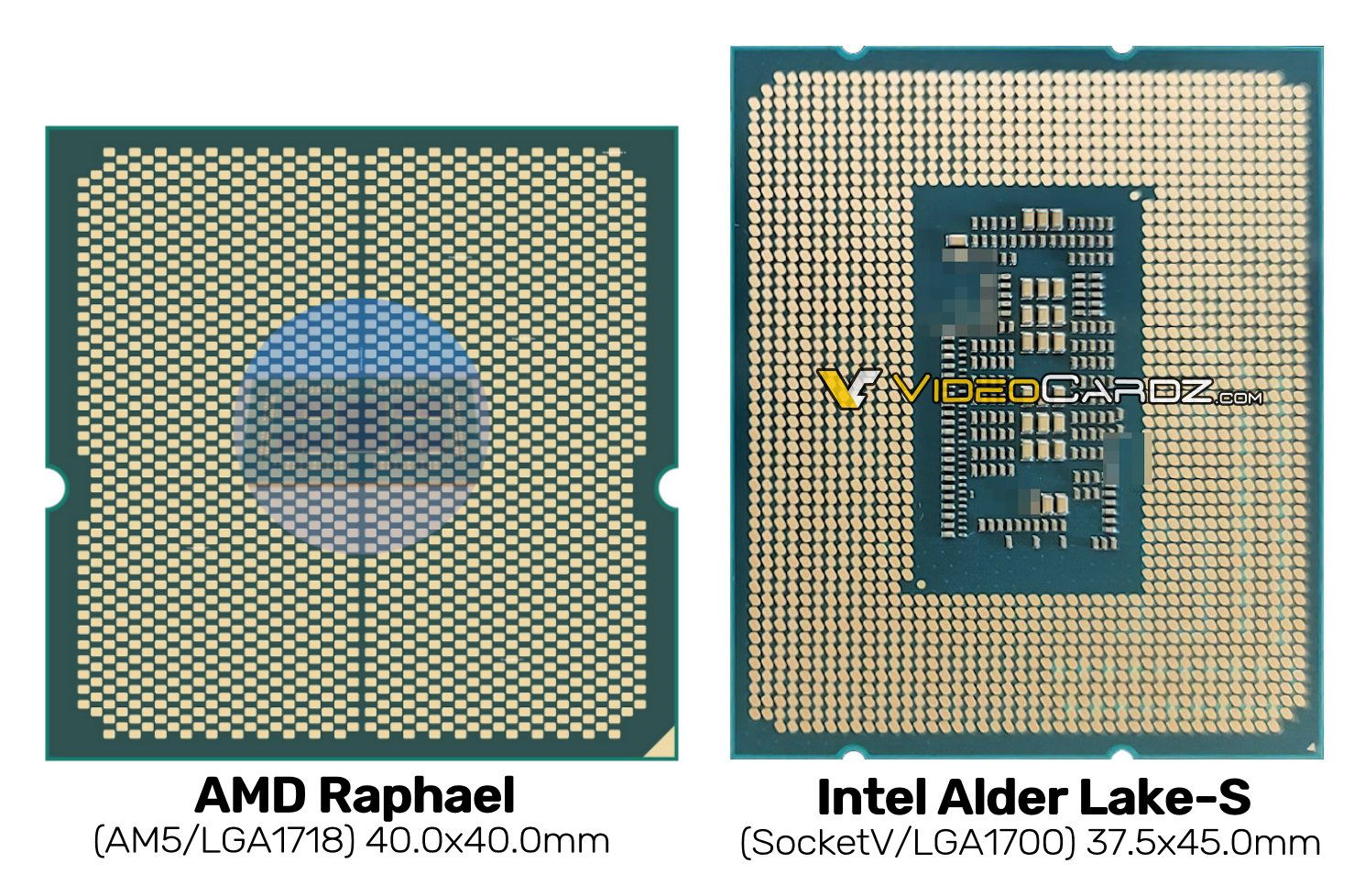
Integrated graphics, right or not?
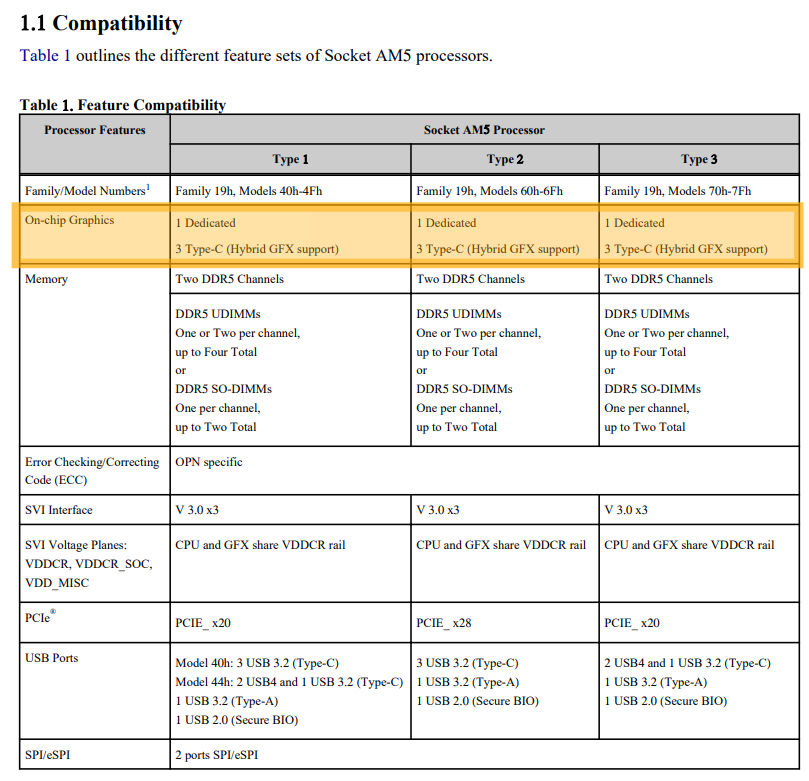
First, there were many rumors that pointed in this direction, but after the robbery of GIGABYTE through ransomware, a table was leaked on the AM5 socket that revealed the integrated graphics of the Zen 4 chips.
Some processors could come with the iGPU disabled , but there are many means that suggest that the integrated graphics would be RDNA 2. If so, there would be little sense for the AMD APUs and, quite possibly, they will disappear from the catalog in the next generation of chips.
In addition, there is information that ensures that AMD will incorporate the support of DisplayPort 2.0 in the motherboards, and we show you the diagram filtered by “the red team”, which is supposed to be a confidential image.
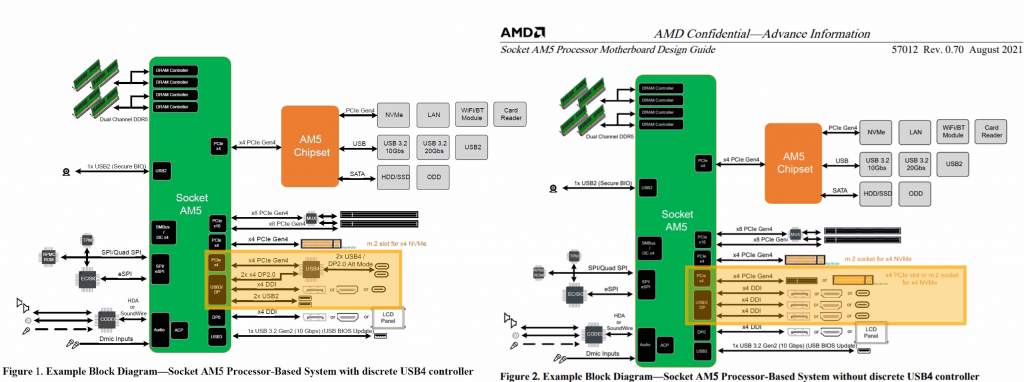
AMD Ryzen 7000 release date
At first, there was talk of the end of 2021, but many media have postponed the presentation date of the AMD Ryzen 7000 to 2022. The question is why? Possibly, it is due to the low production capacity of TSMC on 5 nm lithography. It should be remembered that the largest customer of the Taiwanese manufacturer is Apple, which has ordered numerous 5 nm chips: the Apple M1 (and its future successors) and the A14, two latest-generation SoCs.
TSMC’s alternative is Samsung, and the Korean manufacturer has its own 5nm process, but the success rate per wafer is low, according to July information. Its most powerful 5nm SoC is the Exynos 2100 and alarm that in its Galaxy Z Fold they equip a Snapdragon of the same lithography, who produces Qualcomm? -> TSMC and Samsung.
When do I think they will show up? My bet is the 1st quarter of 2022, as many media point out. TSMC has the Fab 18 to manufacture 5 nm chips that come from orders. Therefore, do not be surprised that in a few months the AMD Ryzen 7000 will enter production, September or October?



